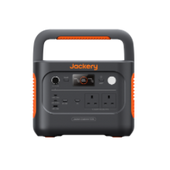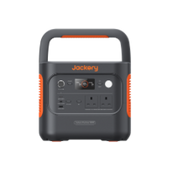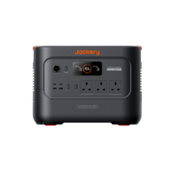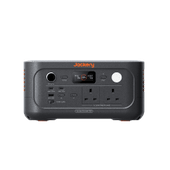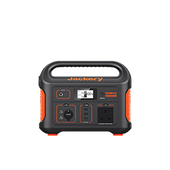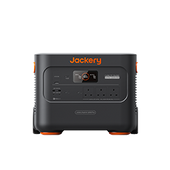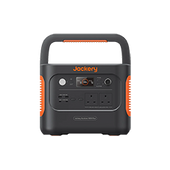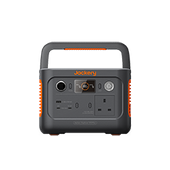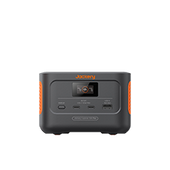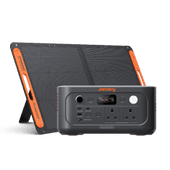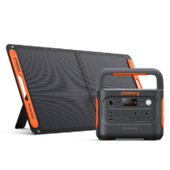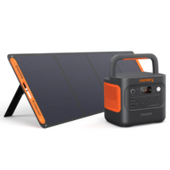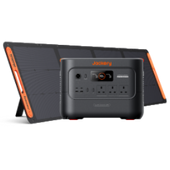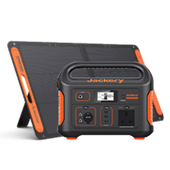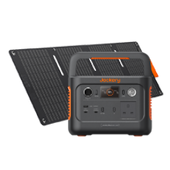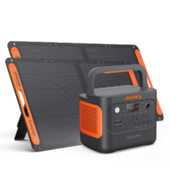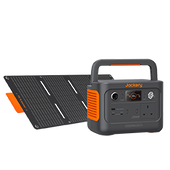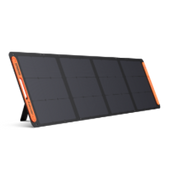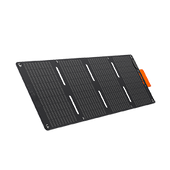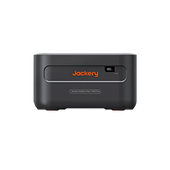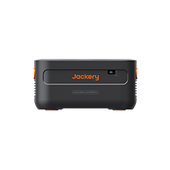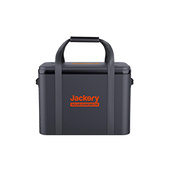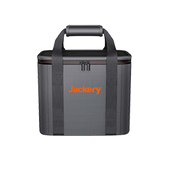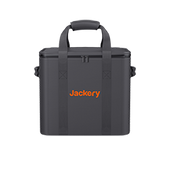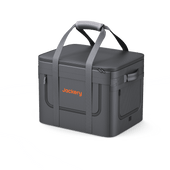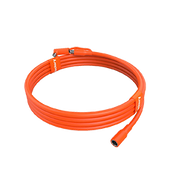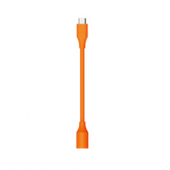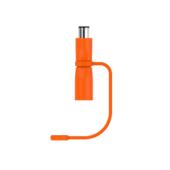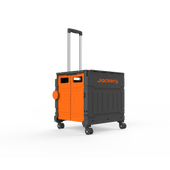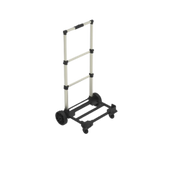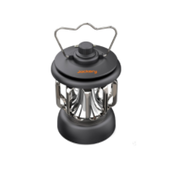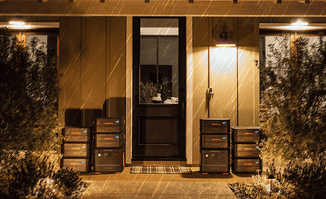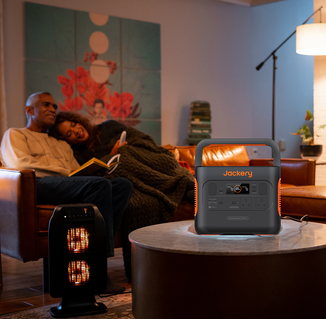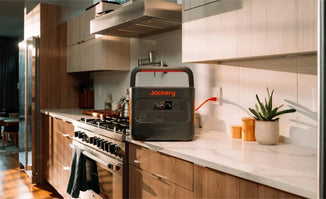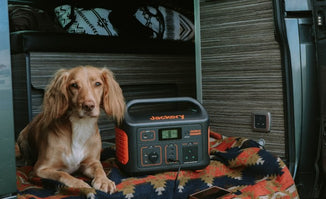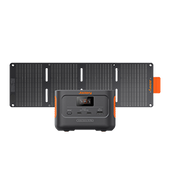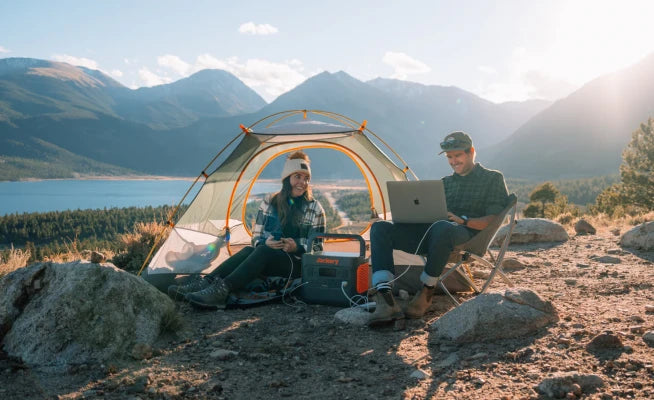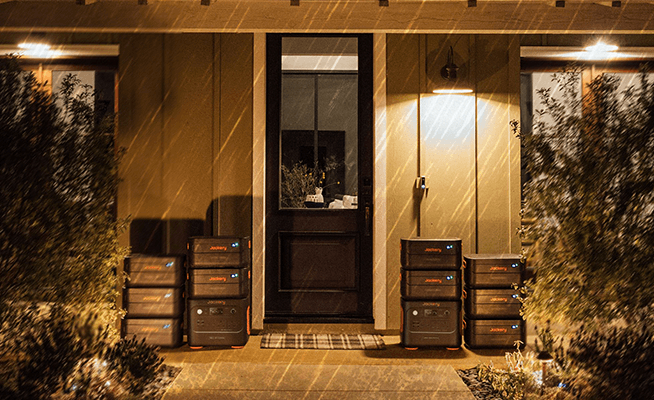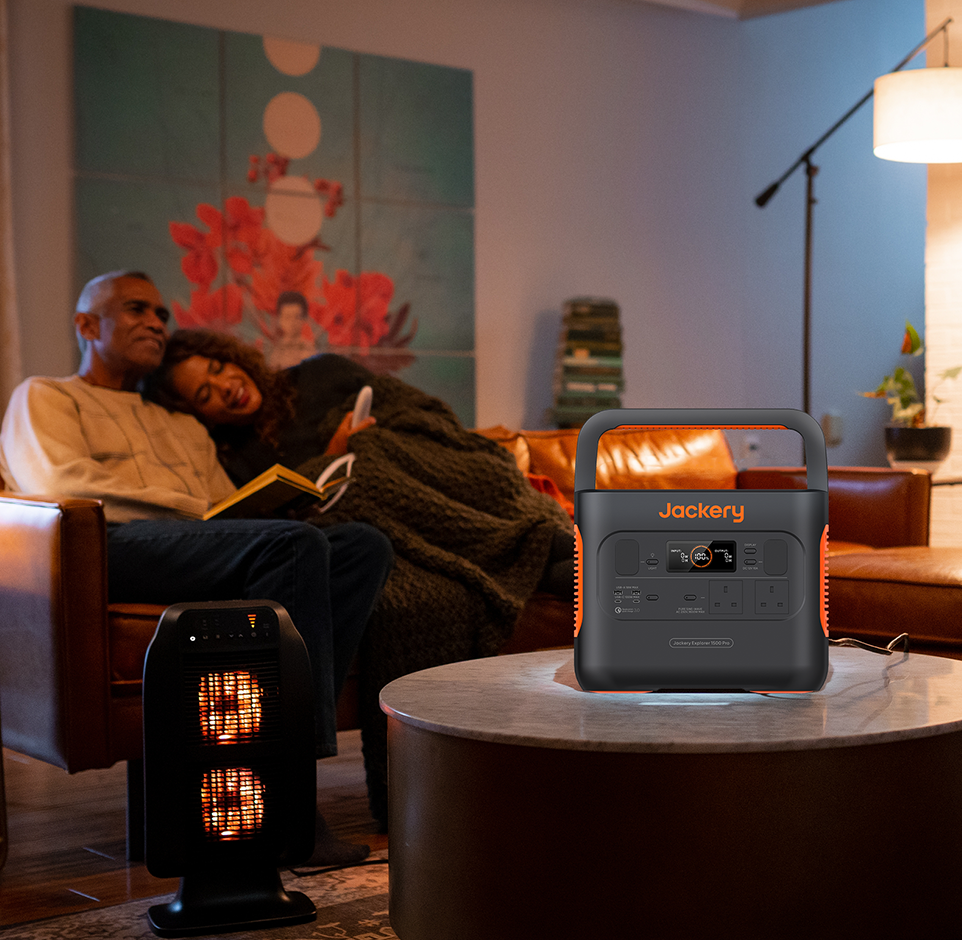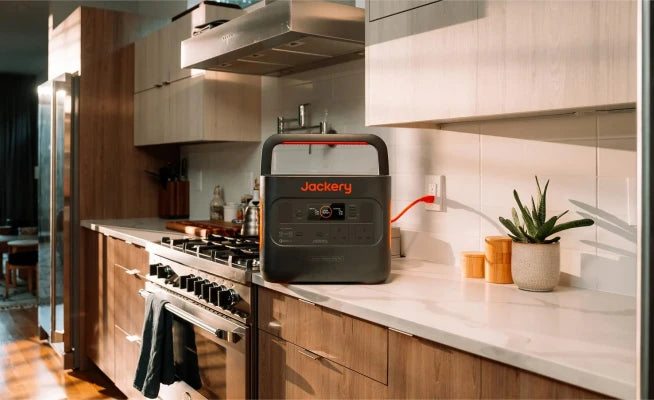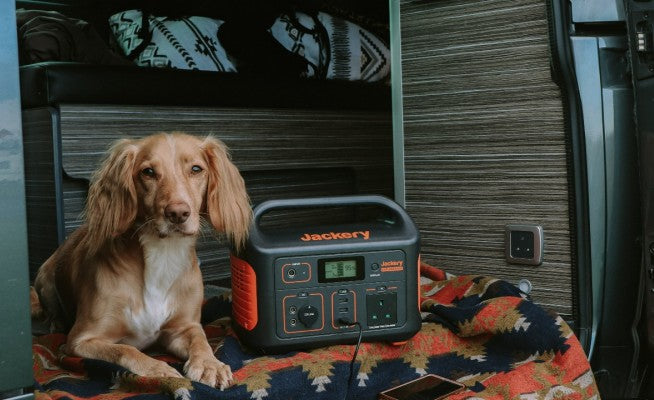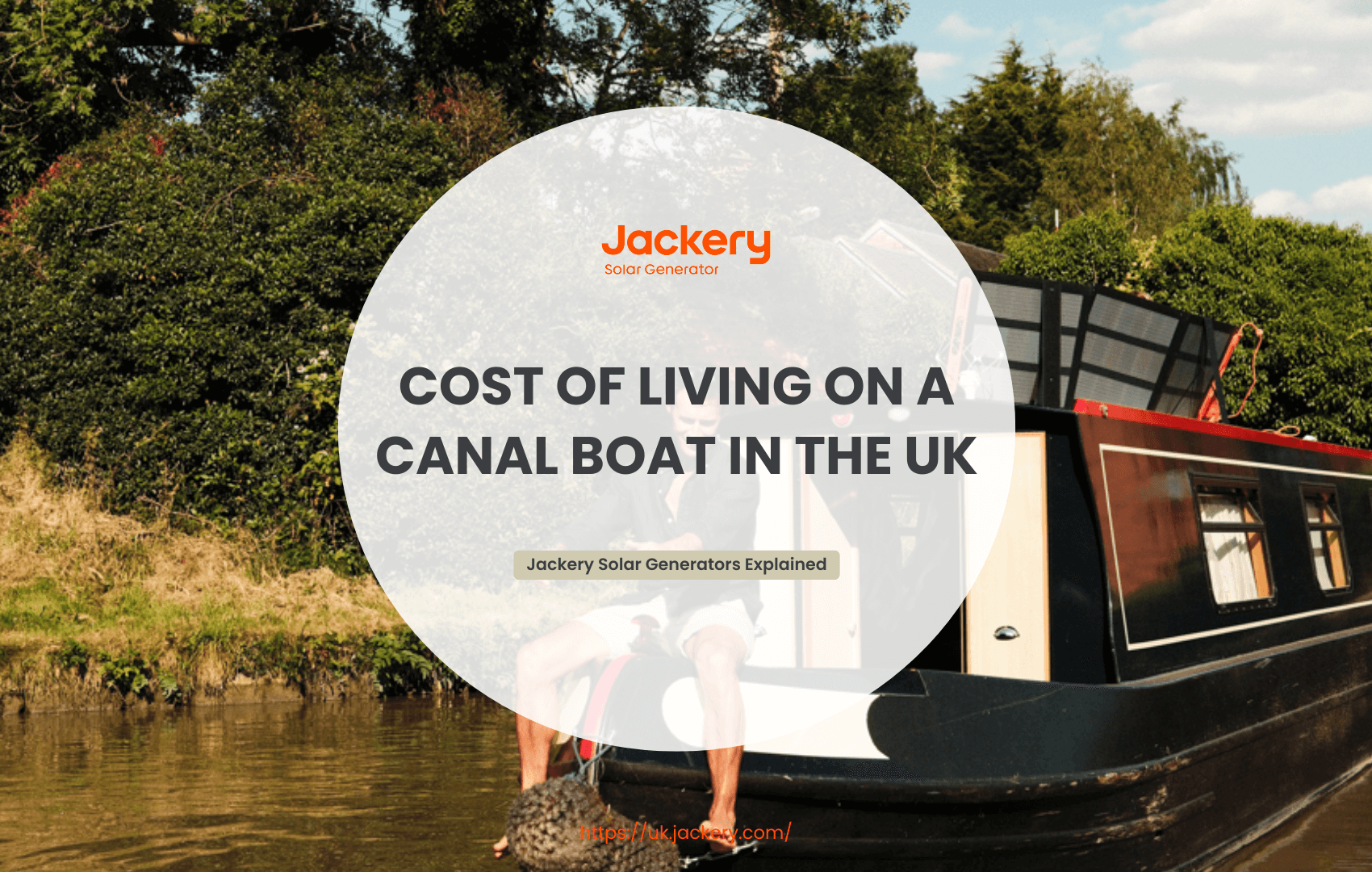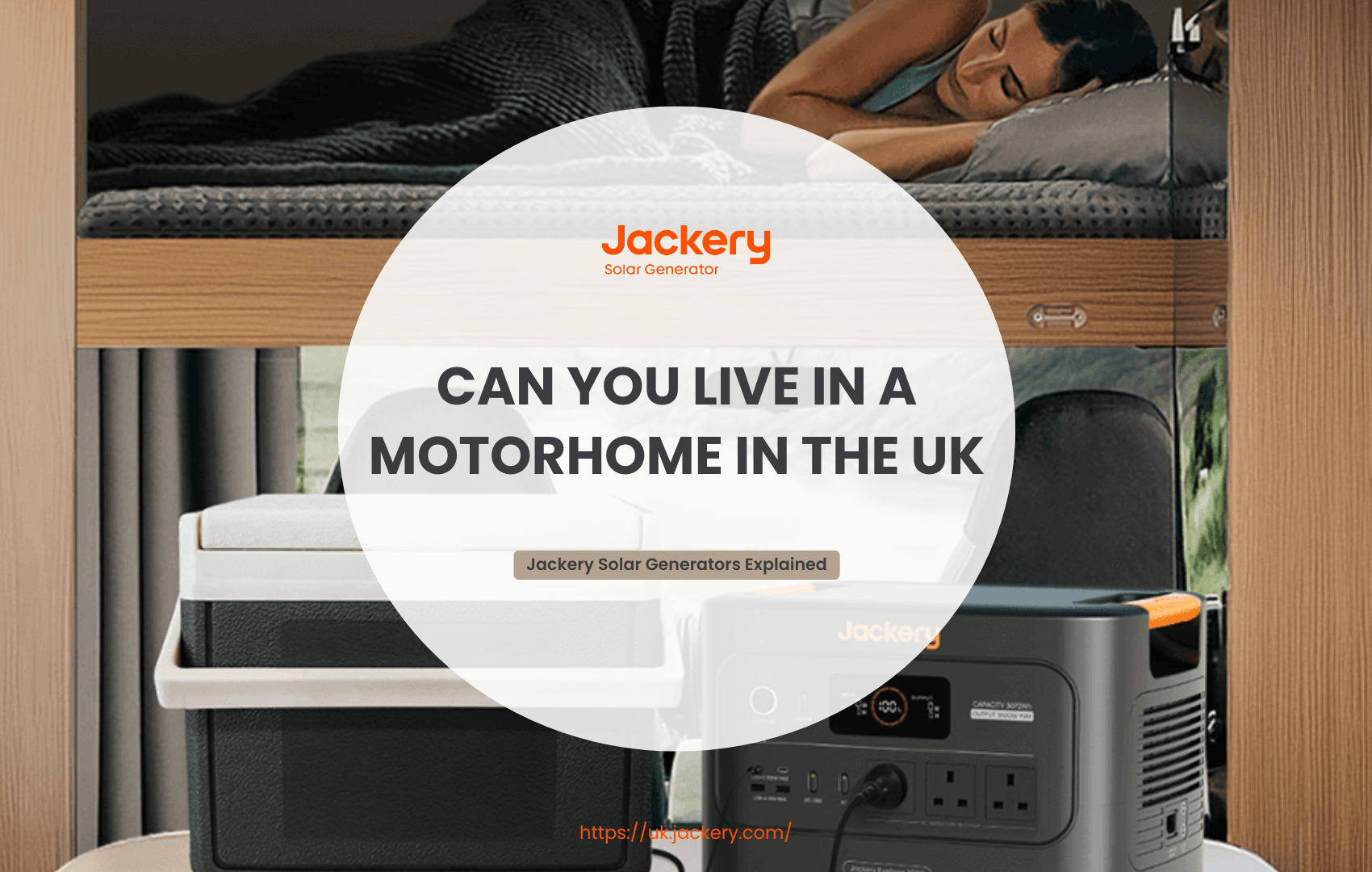Canal boat living has become an increasingly enticing option for individuals seeking a simpler lifestyle or a more affordable way to reside in the United Kingdom. Whether you're thinking of buying your first boat or moving to life afloat, it's essential to understand both the upfront and continuing expenditures.
Expenses include the Canal & River Trust (CRT) licensing, mooring fees, fuel, heating, maintenance, insurance and utilities, as well as required safety and compliance requirements. This guide covers all you need to know about purchasing a canal boat, living expenses on the canals, and how narrowboat life compares financially to living in a home.
|
Key Takeaways: |
|
How Much Is a Canal Boat in the UK?
The cost of a canal boat varies depending on its size, features, and the quality of its construction. However, a new narrowboat might cost anything from £50,000 to £150,000.
The following is a breakdown of the typical costs for new narrowboats:
|
Cost of Canal Boat |
Details |
|
£50,000 - £70,000 |
The simplest narrowboats offer little room and minimal amenities. |
|
£70,000 - £100,000 |
Mid-range narrowboats with greater room and optional options such as solar panels or wood-burning stoves. |
|
£100,000 - £150,000 |
High-end narrowboats with ample room, luxurious amenities, and high-quality finishing. |
Of course, you may pay more than £150,000 for a modern narrowboat. If you're looking for a genuinely customised boat, check out our Narrowboat Builders directory. You'll be able to see a list of authorised and evaluated narrowboat builders in the UK and contact them directly for quotes.

In addition to the purchasing price, you must consider the cost of mooring, insurance, and upkeep. Mooring fees vary based on location; however, a canal mooring typically costs around £1,000 per year. Insurance rates vary depending on the value of your boat and your particular circumstances, but you could expect to spend roughly £500 per year. Maintenance expenses may vary depending on the age and condition of your boat, but you should set aside roughly £1,000 each year.
Overall, purchasing a new narrowboat may be expensive. However, for many individuals, the freedom and lifestyle that comes with living aboard a narrowboat outweigh the cost.
Advice On Buying a Canal Boat
Buying a canal boat is an exciting choice that mixes preparing for the future with the ambition of living on the water. When buying a boat, you need to think about more than just the price (which may be anywhere from tens of thousands to hundreds of thousands of pounds).

What Size of Boat Should I Buy?
Canal and river navigations vary in size, so you should choose a vessel that is appropriate for all of the waterways you want to use it on.
Many locks on the narrow network can accommodate boats up to 70 to 72 feet in length, but certain locks are shorter and have tight bends; therefore, we suggest a length of 58 to 60 feet (17.62 to 18.22 meters) for travelling the whole network. Boats broader than 7 feet (wide-beam boats) will not fit through small locks.
Which Type of Boat Should I Buy?
Cruisers exist in a range of lengths and widths, and are mostly made of fibreglass. Canal boats exist in a variety of lengths and types, but are typically slightly under 7 feet wide and up to roughly 70 feet long.
Canal boats have additional rear deck room, whereas narrowboat semi-trads have the appearance of a traditional narrowboat with extra rear deck space. Wide beam narrowboat-style boats resemble narrow boats but may be up to 13 feet wide (though a beam of 10 to 12 feet is a desirable maximum) and have additional interior room.
Some ancient working boats that carried items under canvas and had a rear cabin have been converted for recreational usage. Converted barges, both English and Dutch, may be 40 to 120 feet long and have beams ranging from 10 to more than 16 feet.
Static houseboats are unpowered and unsuitable for frequent movement; however, they may sometimes be towed. They typically consist of a rectangular steel floating pontoon with a trailer or mobile house construction mounted on top. Electric boats are becoming increasingly popular and more affordable.
Is Owning a Boat Expensive?
A 50-foot boat, on average, costs roughly £4,400 to operate each year.
Licence: £750
Marina mooring £1,900 (may be much more in the south east; residential moorings may cost up to 50% more.)
Insurance (for £20,000) £300
Hull blacking (bi-annual) £500 (allow £250 annually)
General maintenance £600 (Older boats may need significant one-time expenditures, such as engines or hull repairs and surveys, etc.)
Fuel (for propulsion, home heating and cooking) £450
Total: £4,500.
Narrowboat Layouts
There are two narrowboat layouts, and they often follow a theme dependent on the location of the bedroom.
Traditional Layout: Traditional plans place the bedroom near the back, much like the "Boatman's Cabin".
Reverse Layout: Reverse layout boats typically feature a galley at the back and a stateroom at the front. While both layouts have their pros and cons, the choice ultimately comes down to personal taste.
Some liveaboarders prefer the galley located towards the back, which makes it easier to reach the stern. Others enjoy the concept that the salon has a well-deck that serves as a patio during the long English summers.
It also depends on the direction you enter the narrowboat. Some people approach from the bow; thus, in reverse layouts, this involves jumping aboard and going through a bedroom. Accessing the boat from the stern requires going via the galley. Again, it is all a matter of choice.
Second-Hand vs. Brand New
A brand-new canal boat with all of the bells and whistles may cost hundreds of thousands of dollars. If you can afford it and want it, why not? But in the real world, when money isn't as abundant, what are the greatest methods to make the most of your money? Each option has advantages and disadvantages.
Brand New: Buying a brand-new boat ensures that you receive the boat you want and are among the first to own it. But, buddy, you will pay the price.
The disadvantage of purchasing a brand-new boat is that, like a vehicle, the value of your boat reduces drastically once you start using it.
Second-Hand: If you decide to buy a used boat, you will have to make certain compromises. There is no escaping this. So, what's wrong with a compromise? By accumulating a substantial sum of money, I was able to make my yacht the vessel I had always desired without incurring depreciation.
It is crucial to moderate your expectations when discussing finances. Let's divide the cost into pricing ranges. A version of "What to Expect for Your Money."
Buying a Canal Boat: Legal Requirements
Owning and living aboard a canal boat in the United Kingdom entails adhering to several legislative restrictions required to maintain canal safety and compliance.

Cruising Licence
When you own a boat, you must get permission to utilise the canals and rivers. Licenses and costs can be obtained from the relevant navigation authority. A Gold Licence permits you to utilise all Canal & River Trust and Environment Agency waters.
Boat Safety Certificate
Most waterways need a Boat Safety Scheme Certificate to acquire a license. The system is similar to a MOT for boats and must be renewed every four years.
Boat Insurance
To get a license on most inland waterways, you must present confirmation that your boat has third-party insurance. This protects the boat's owner and the person in charge against claims for injuries or damage caused by the boat and its operation. Most boat owners will want to insure their boat against loss or damage, as well as get comprehensive coverage.
The minimal third-party liability insurance requirements are:
Canal and River Trust: £2,000,000.
Environment Agency: £1,000,000.
The Broads Authority: £2,000,000
Recreational Craft Directive
This is paperwork that should have been provided with new boats placed on the market after June 1998. The Recreational Craft Directive requires the boat builder to maintain a record of all necessary data, to legally declare the product's conformance in a Declaration of Conformity, to instruct users on its safe use and maintenance, and to mark the product with a CE Mark.
Cost of Licensing a Canal Boat
Don't be tricked into believing that after you've purchased your boat, you can launch it and sail off into the sunset with no further charges. Regardless of whatever canal you are on, you will be required to pay an annual licensing cost.
A boat on most canals will pay the charge to the Canal & River Trust. In other cases, the authority might be the Environment Agency or a completely different agency. Before you purchase, find out who runs the watercourse on which you want to locate your boat, and ensure that living on board is even authorised.
CRT permits include a variety of pricing alternatives that change annually, so it would be impractical to list them here. However, as a reference, my 56-foot boat cost me approximately £990 per year in 2021.
The CRT and EA offer a "Gold Licence" that covers all their combined waterways; however, it only runs from January to December and does not permit pro-rata billing if you start later in the year.
In exchange for your financial contribution, you are allowed the privilege to deploy your boat on the canals on the condition that you use it carefully and follow specific rules. You may also utilise the numerous trash disposal facilities scattered throughout the network, as well as the use of water supply taps and Elsan points for disposing of cassette toilet waste. A few CRT pump-out stations for toilet waste are also available; however, many boats will visit a marina for this since the CRT ones seem to be temperamental.
There used to be bathing facilities across the network, and although they may still exist, the CRT considers them an unnecessary investment to maintain, which is disappointing.
According to CRT standards, you must display your boat's name, index number, and license on both sides of the boat so that towpath rangers may see them.

How Much Does It Cost to Live on a Narrowboat?
Living aboard a canal boat has a certain rhythm to it, and the prices and the waterways both play a role in that. People often believe that living on a canal boat is a more affordable way to live than in a traditional house. Still, it comes with its own set of ongoing costs, including licenses, mooring fees, fuel, heating, maintenance, insurance, and utilities. All of these costs must be controlled carefully.
Mooring & CRT Licence Fees
Licence Fees: A Canal & River Trust licence for a typical 54 ft narrowboat costs around £1,200 per year
Mooring Costs: Residential mooring (fixed address) typically ranges from £4,000 to over £10,000 per year, which may include council tax or utilities. Leisure moorings that aren't for primary residence cost between £2,000 and £5,000 per year, depending on the location and boat size.
Rising Costs: Be aware that CRT licence fees have been increasing—some by as much as 33%—mainly affecting continuous cruisers due to surcharge changes, which are impacting affordability on the waterways
Fuel & Heating
Diesel (Cruising): Canal boat engines consume about a gallon of diesel for 3.5 hours of cruising. At current prices (~£1/hour), expect modest costs—though usage varies.
Cooking & Heating Fuels: Solid fuel or gas use (for cooking/heating) averages £20–£50 per month
Maintenance & Repairs
Hull & Exterior: Rust-proofing and repainting are typically required every 2–3 years, costing £800–£1,500, depending on the boat size and professional rates.
Routine Repairs: Expect repair costs in the £500–£2,000 per year range.
Expert Warnings: Boat work often requires specialist trades—welding, servicing, etc.—making maintenance ongoing and potentially costly
Insurance & Utilities
Insurance: Approximately £300 per year.
Utilities: Electricity (where separate) adds roughly £10–£40 per month
Broadband and TV licence combined are around £40–£50 per month
Water may be included in mooring fees. Pump-outs for toilets cost around £15–£25 each
Living Essentials & Other Costs
Groceries & Daily Supplies: Approximately £2,000–£3,000 per year
Laundry: Using marina facilities or portable washing—£200–£400 per year
Jackery Solar Generator for Living in a Canal Boat
The Jackery Solar Generator is a popular and well-suited choice for canal boat living, particularly in the UK, due to its unique combination of features that address the specific challenges of life on a narrowboat. While traditional boat power systems involve complex setups of leisure batteries, inverters, and charge controllers, the Jackery system offers a simple, clean, and flexible alternative.
One of the main attractions of canal boat living is the tranquil, peaceful environment. A loud, rumbling diesel or gasoline generator is a significant source of noise pollution and is highly disruptive to both the boater and their neighbours. The Jackery Solar Generator operates silently, allowing you to run your appliances without disturbing the serenity of the canals.
Jackery Solar Generator 2000 v2
The Jackery Solar Generator 2000 v2 is a strong contender for canal boat life, especially for those in the UK. The unique challenges of narrowboat living, such as limited space, noise restrictions, and a constant need for reliable power, are all addressed by the features of this specific system.
Silence is Golden: One of the most significant advantages for canal boaters is the near-silent operation. Unlike traditional diesel or gasoline generators, which are noisy and disruptive, the Jackery Solar Generator 2000 v2 operates at a whisper-quiet level (under 30dB in silent mode). This is crucial for maintaining the peaceful, tranquil atmosphere of canal life, especially in residential moorings or when you're docked close to other boats.

No Fumes: The system produces zero emissions. This means it can be used safely inside the boat to power appliances, eliminating the risk of carbon monoxide poisoning —a real danger with fuel-powered generators in confined spaces.
Significant Power in a Small Package: Canal boats have limited space. The Explorer 2000 v2 is designed to be one of the smallest and lightest power stations in its class. This is a massive advantage on a narrowboat where every inch of space is precious. Its compact design allows it to be tucked away in a cupboard or under a bench without being a significant obstruction.
Handles Most Essentials: With a 2,042Wh capacity and 2,200W output, the 2000 v2 can power most of the essential appliances on a narrowboat. This includes a fridge, lights, a TV, a laptop, and even a microwave or coffee maker for short periods. This removes the reliance on the boat's primary leisure batteries for these tasks, preserving them for more critical systems.
Solar Independence: The ability to recharge via solar panels is a game-changer for continuous cruisers. You can lay Jackery SolarSaga 200W panels on the boat's roof when moored or even while cruising. This allows you to generate free, renewable power to top up the power station, reducing the need to run the boat's engine solely to charge batteries. This is particularly valuable on sunny days and helps extend the time you can stay off the grid.
Multiple Charging Options: In addition to solar, the 2000 v2 can be charged from a marina's shore power connection, from the boat's engine via a 12V adapter, or from a car's power outlet. This flexibility ensures you can always get power, even on cloudy days or when you are not cruising. The fast AC charging is handy for a quick top-up when you are at a marina.
Living Cost on a Canal Boat vs a House
When deciding between living on a canal boat and in a standard house, people typically weigh the pros and cons of each option. The typical UK family pays £1,400-£1,800 per month on rent or a mortgage, council tax, utilities, and other living expenses. Living aboard a narrowboat costs around £700-£800 per month, which includes mooring, a license, insurance, fuel, and utilities.

Housing Costs
The average rent for a property in the UK is £1,459 per month, whereas homeowners with mortgages pay an average of £1,828 per month. On the other hand, narrowboaters who live on their boats and pay mooring and licensing fees frequently spend less than half as much.
Utilities
Utilities such as gas, electricity, water, and internet in a home may cost more than £250-£350 per month. On a boat, however, they are usually cheaper, particularly if you utilise solar power solutions like the Jackery Solar Generator 2000 v2.
Council Tax
People who live in a house are required to pay council tax, which can range from £1,200 to £2,000 per year, depending on the property's band. Continuous cruisers are exempt from paying it. Boaters who live on moorings, on the other hand, do have to pay council tax.
Maintenance
Homeowners set aside money for repairs and maintenance on their homes (about £1,000 a year), whereas boaters have to pay for blacking, service, and general care (about £500 to £2,000 a year).
Living aboard a narrowboat offers several significant financial benefits, particularly in areas with high rents, such as London, but it also has its downsides. There isn't a lot of space, winters can be brutal, and you have to put in a lot of work to maintain it. However, for many, the lower monthly expenditures and the flexibility of living on the water make it a better choice than a standard home.
FAQs
The following are the frequently asked questions about the canal boat cost:
1. How much does it cost for a canal boat?
New narrowboats generally run from £70,000 to more than £150,000. Depending on requirements and luxury amenities, custom-built yachts may cost much more than £150,000.
2. How much would it cost to live on a canal boat?
Living aboard a canal boat in the UK costs between £300 and £2,000 per month, with significant differences depending on region, boat type, and lifestyle. Mooring fees (which may range from £3,000 to £18,000 per year for residential moorings), canal permits (about £600 to £1,300 per year), insurance (£200 to £550 or more), and fuel, gas, and maintenance expenditures are also significant expenses. A Boat Safety Scheme (BSS) certificate is also needed at regular intervals.
3. Can you legally live on a canal boat?
You, like thousands of other 'liveaboards', may live on a boat in a canal or river. However, you must keep moving or remain on a ' residential mooring'. Attempting to stay in one location without a formal residential mooring might be a hazardous way of life. You might be advised to move often.
4. How much is council tax on a narrowboat?
Simply residing on a boat does not qualify you to pay council tax. If you are a continuous cruiser with no connection to a mooring where you have a permanent right to return, you are not required to pay council tax. You must pay council tax on a residential mooring since it is your permanent address.
5. How much does it cost to run a canal boat for a year?
Expect to pay between £10 and £20 each month on energy. Running a canal boat in the UK may cost between £3,000 and £10,000 per year, depending on your lifestyle, sailing habits, and preferred mooring.
Final Thoughts
Living aboard a canal boat is more than simply a financial decision; it's a lifestyle choice. While it may save you money compared to renting or owning a home, the drawbacks include limited living space, ongoing maintenance, and the need to adapt to seasonal changes.
Many boaters, however, believe that the benefits of freedom, flexibility, and connection to nature exceed the drawbacks. Life afloat may be both economical and fulfilling if you properly budget for licenses, mooring, fuel, and maintenance, as well as use current off-grid options like Jackery Solar Generators. For those attracted to the waterways, it offers a distinct and rewarding alternative to standard dwelling.

